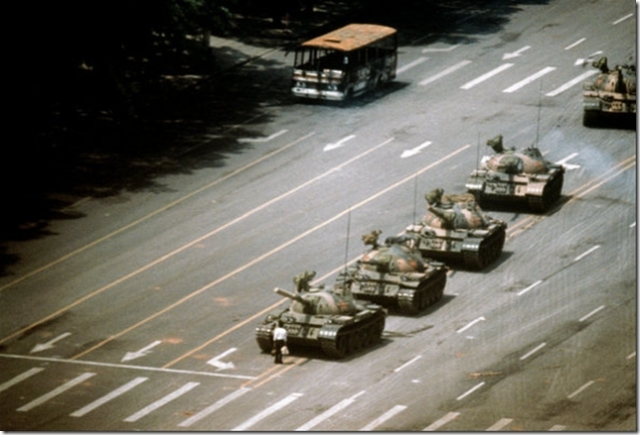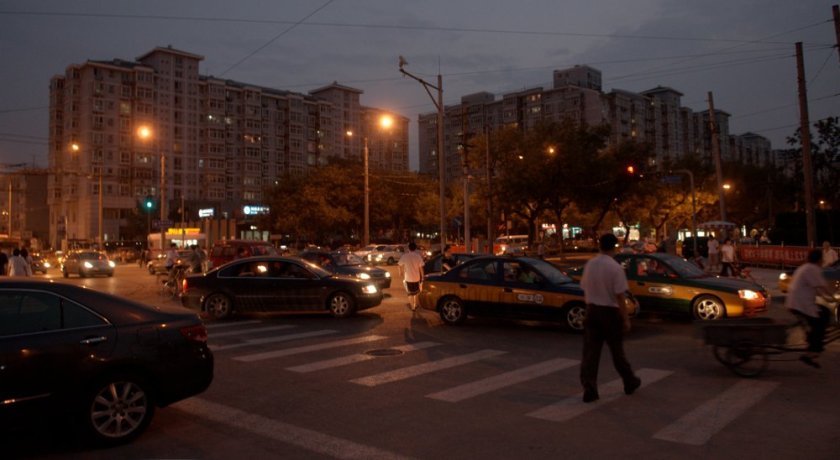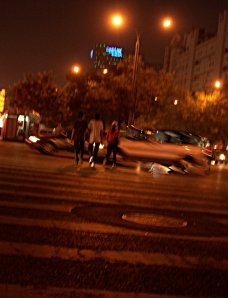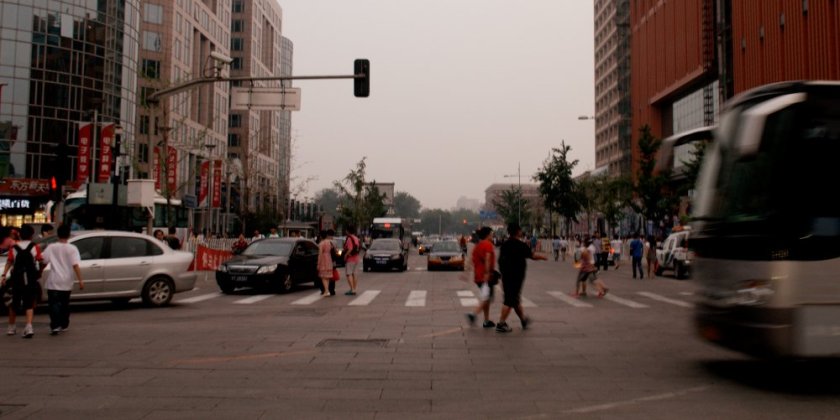New Bridge Street, with traffic proceeding onto Blackfriars Bridge. As part of the reconstruction of the junction, sold as “improvements” for pedestrians using the new mainline station, the pedestrian crossing has been removed from New Bridge Street. But apparently a sign saying “crossing not in use” is not enough to make it so. Pedestrians don’t know that TfL have modelled a junction in which well-behaved pedestrians either take a 250 metre detour up New Bridge Street, or push four buttons, wait four times, and take an only slightly shorter detour to use the remaining marked crossings at this junction. Who could possibly have guessed that removing a pedestrian crossing would not stop the large number of pedestrians who are on one side of the road and who want to be on the other side of the road from trying to cross it? It’s not like we have sixty years of experience and research on the subject or anything.
People are going to die here, and TfL will have to choose between pleas of incompetence, indifference, or malice.
The Rt Hon Lieut-Col JTC Moore-Brabazon MP, commenting on the 1934 bill which proposed speed limits, said:
“It is true that 7000 people are killed in motor accidents, but it is not always going on like that. People are getting used to the new conditions… No doubt many of the old Members of the House will recollect the number of chickens we killed in the old days. We used to come back with the radiator stuffed with feathers. It was the same with dogs. Dogs get out of the way of motor cars nowadays and you never kill one. There is education even in the lower animals. These things will right themselves.”
The principle of educating the lower animals by a process of natural selection seems to be a key ingredient in TfL’s smoothing the flow programme.
While hanging around filming things, I heard a couple of young women who had just run across the road commenting on the loss of the crossing. The word “Boris” was used, amongst a selection of Anglo-Saxon monosyllables, as one explained to the other that it was the Mayor’s policy to remove pedestrian crossings in favour of faster motor vehicles. Clearly the consequences of Boris’s policies are more widely understood than he would like.








